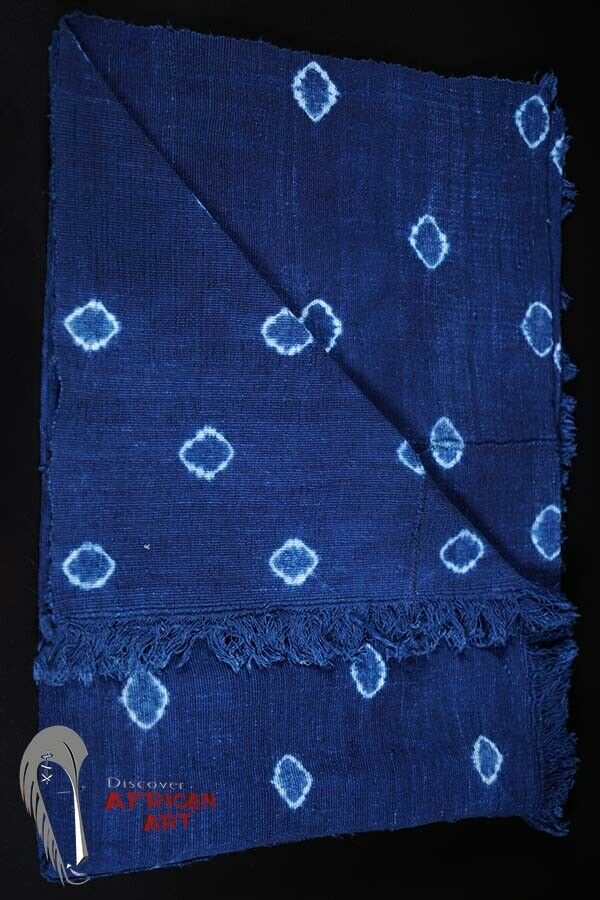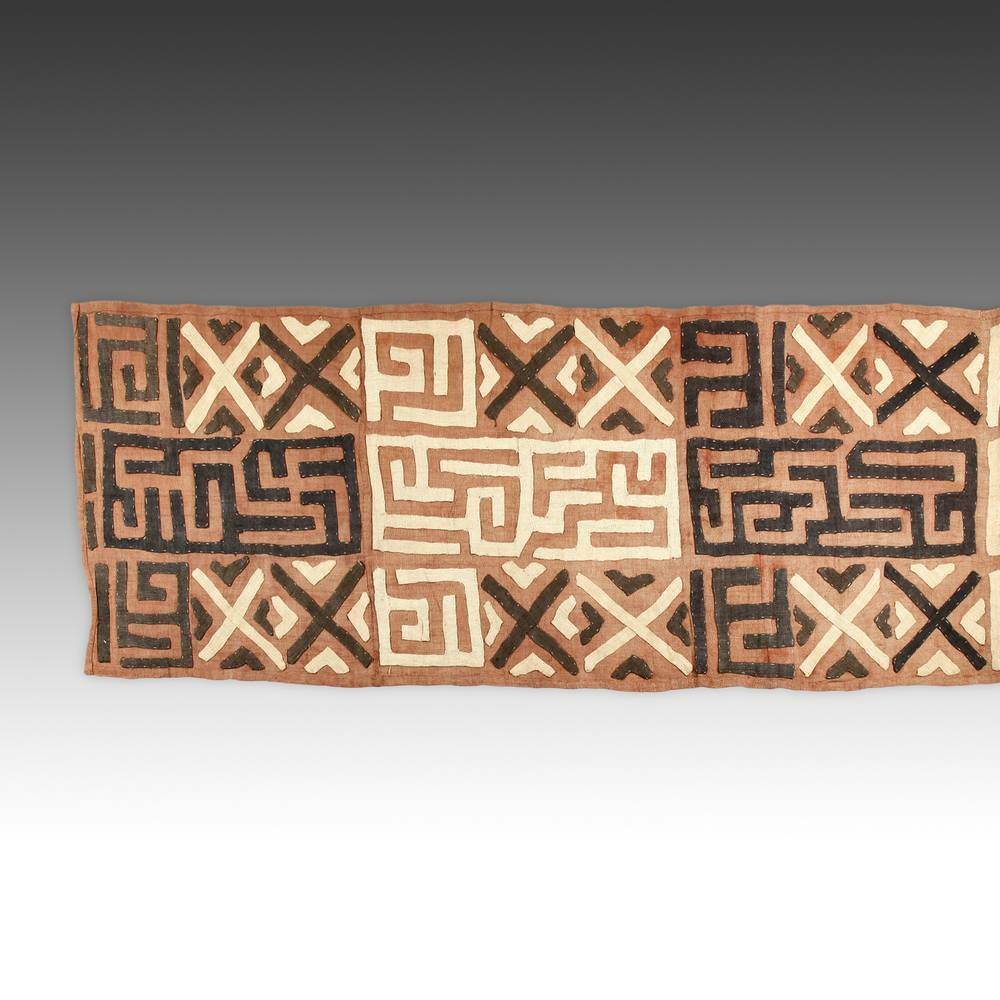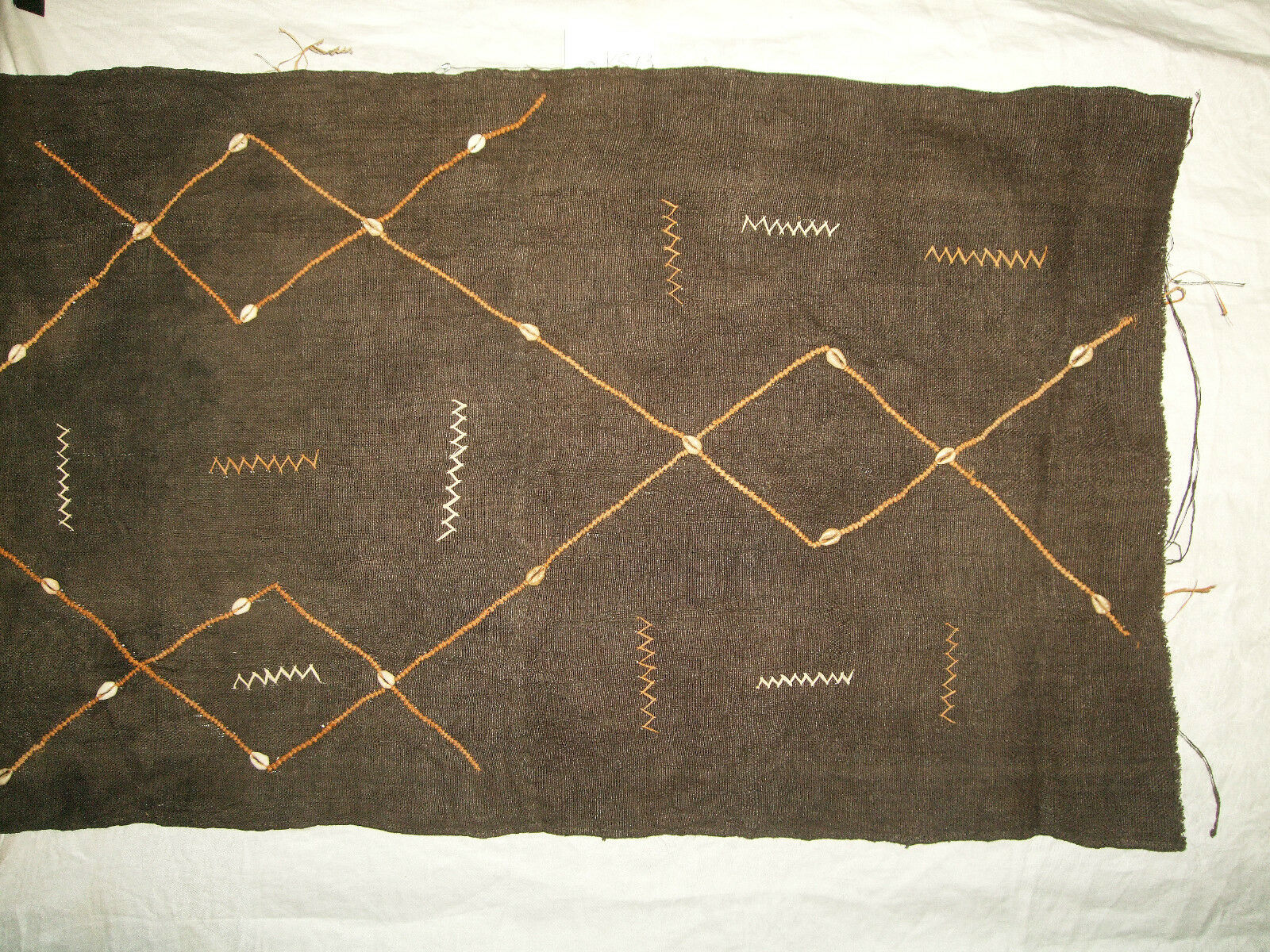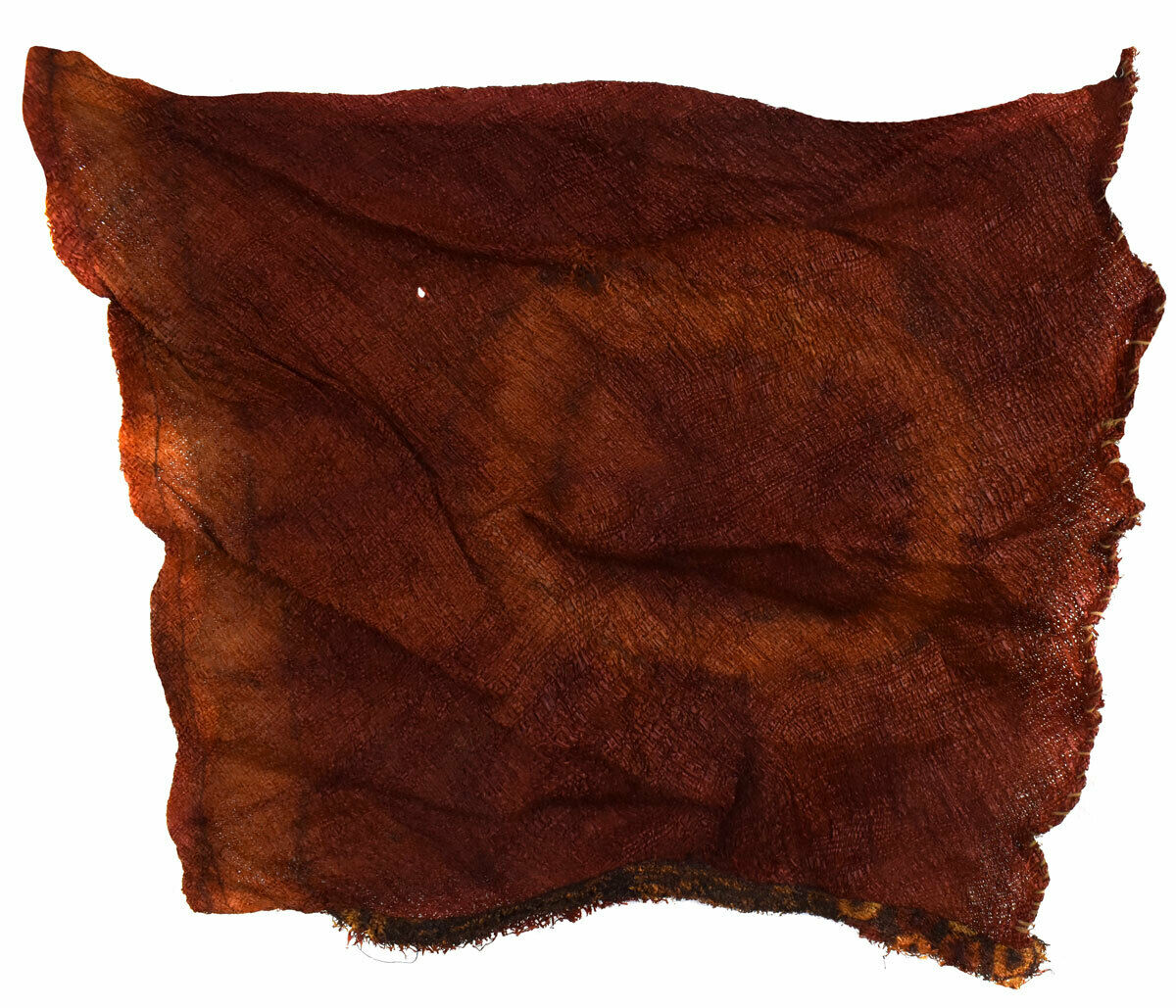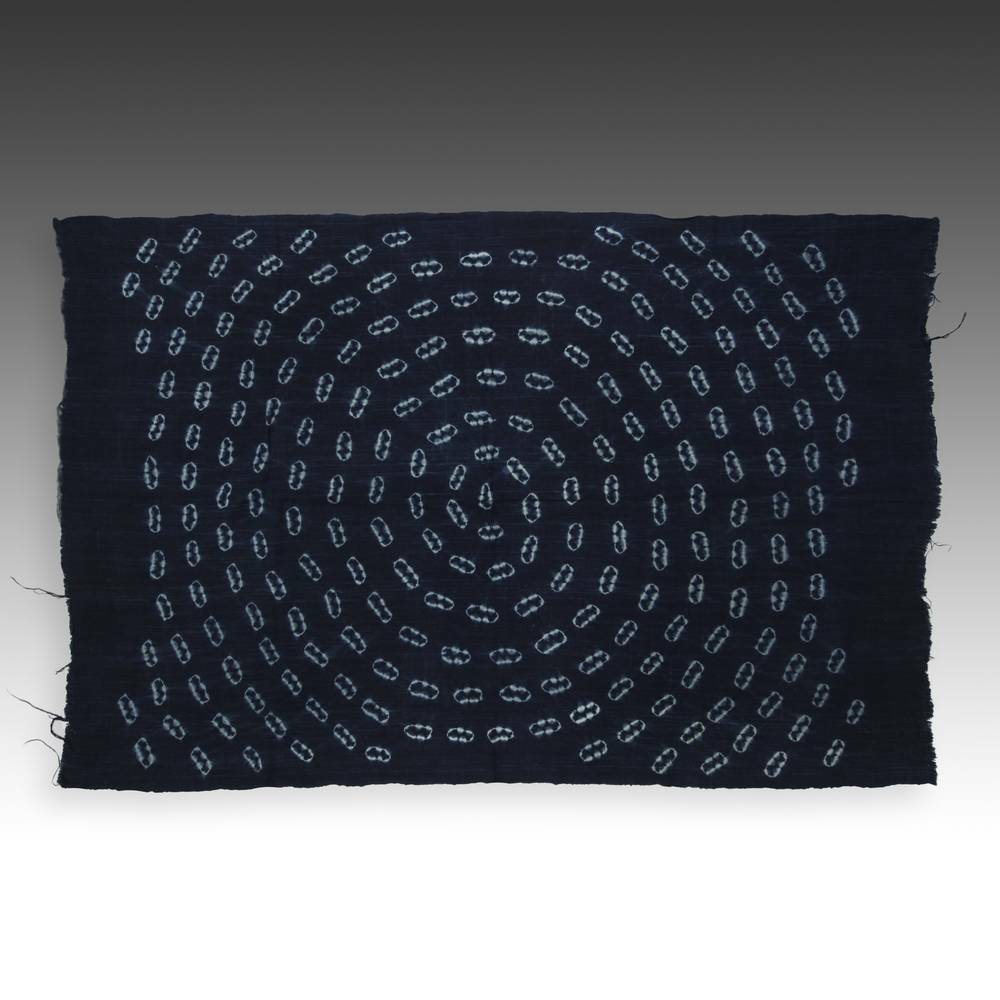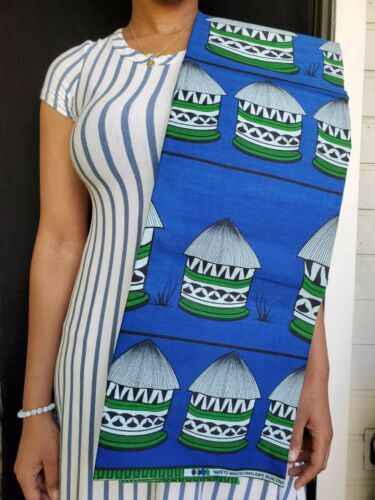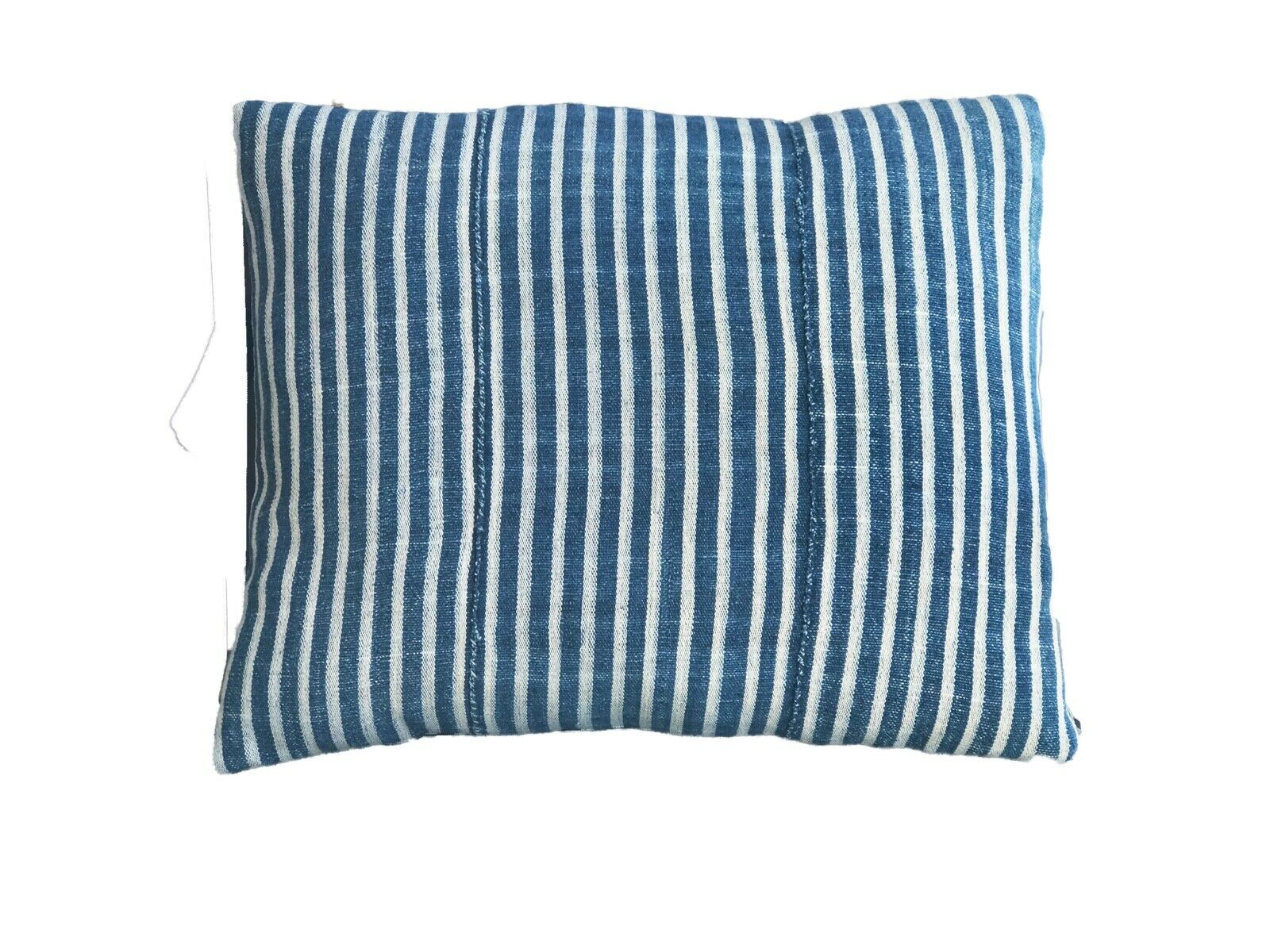-40%
100% Cotton Dogon Textile 68" - Mali
$ 18.48
- Description
- Size Guide
Description
Height: 68"Width: 44"
Weight: 1lb
About African textiles
Originally used as a form of currency, woven African textiles have been very important throughout many African cultures. African textiles are often used to memorialize individuals and they often play a special role in traditional celebrations and ceremonies.
The weaving and dyeing of cotton and wool is inherently linked to history, tradition, social structure, and ecology in Mali. Woven cotton has been found in caves dating back to the 16
th
century, but historians do not know whether they were imported or produced locally. In modern Mali, there are numerous societies whose weaving and dyeing traditions contribute to the livelihood and social continuity of their tribe.
Typically, men will weave the fabric and create the dye colors, while women will spin the cotton or wool and dye the cloth. Many botanical species are capable of producing the familiar indigo blue, whereas only certain plants are capable of fabricating other colors like red or yellow. These plants are fermented with an acid such as animal urine or ammonia. Once formed into a paste, the desired color is dipped and beaten into the fabric, then dried and woven into chosen patterns.
About the Dogon People
“The 250,000 Dogon people live on a large plateau, with most of the villages situated on cliffs to the north and the east. According to Dogon oral tradition, the tribe settled in this area between the 14th and the 15th centuries, after escaping from the Mande kingdom. Legend has it that a snake led them to the cliff at the southern end of the plateau where they overwhelmed and usurped the local Tellem and Niongom populations. The Dogon livelihood is based on agriculture concentrated in fields at the edge of a cliff, where water is scarce, but enough for occasional irrigation. Dogon social and religious organizations are closely interlinked and out of these arose four principal cults which accounts for the richness and diversity of Dogon culture.
